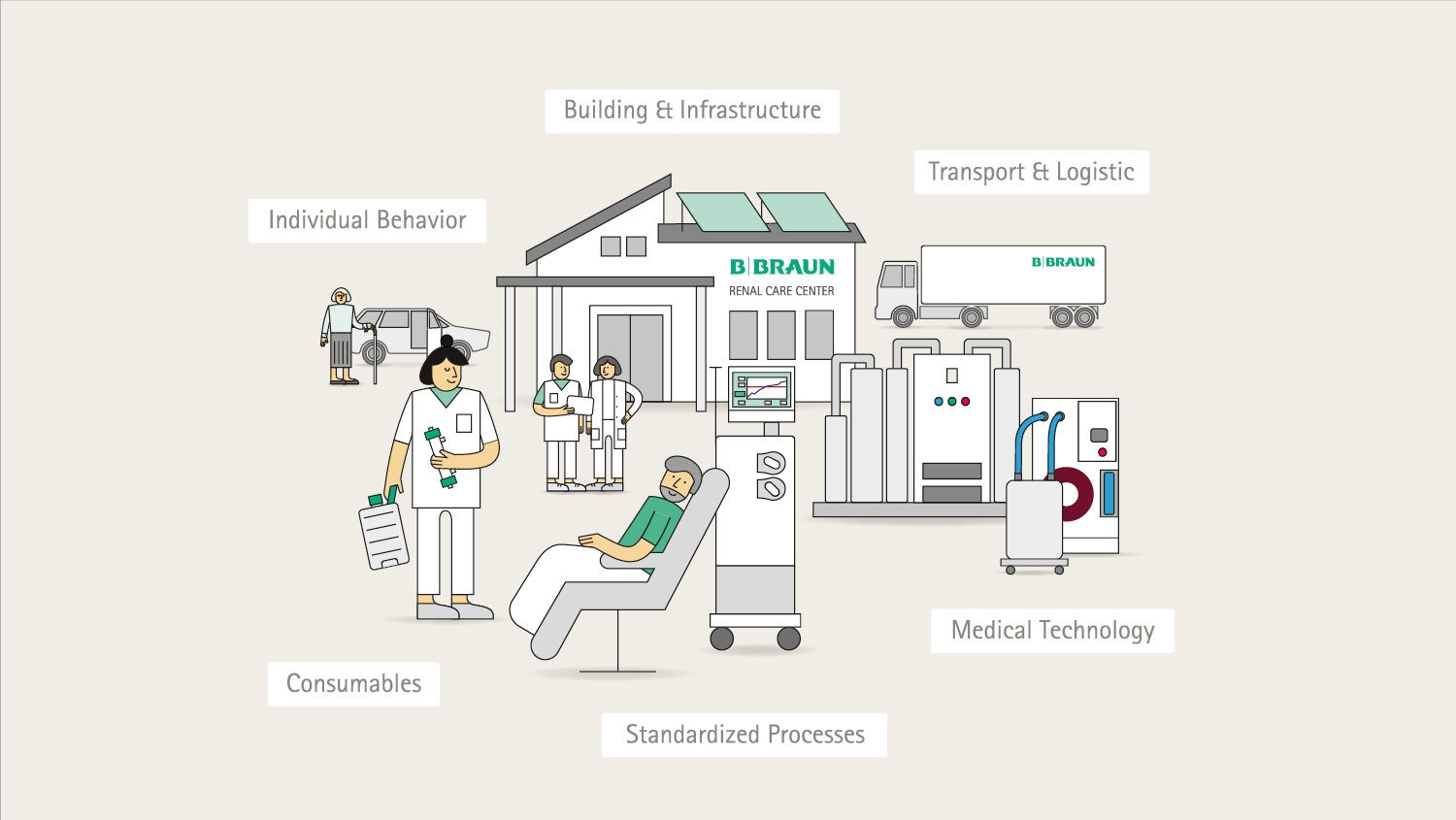No content results match your keyword.
Content
You have successfully logged out.
Not registered yet?
No content results match your keyword.
Content
No product results match your keyword.
Products
ERA 2024
Chronic Dialysis is a life-preserving therapy. At the same time the environmental impact of dialysis therapy seems to be particularly
high.[1] It consumes a significant amount of water and energy and produces a high amount of waste and CO2 emissions.[2]

It is our understanding of green dialysis to aim for decreasing the environmental burden of dialysis therapy by taking measures to reduce the consumption of energy and water, the amount of waste and the emission of CO2.
Green Dialysis should not only be a theoretical concept or discussion. There are multiple areas to take actions which may decrease the environmental burden of dialysis treatment in the daily clinical practice.
You will receive immediately an E-Mail with the link to the PDF download.
References
Your feedback matters! Participate in our customer survey to help us enhance our website, products and services. Thank you for your support!